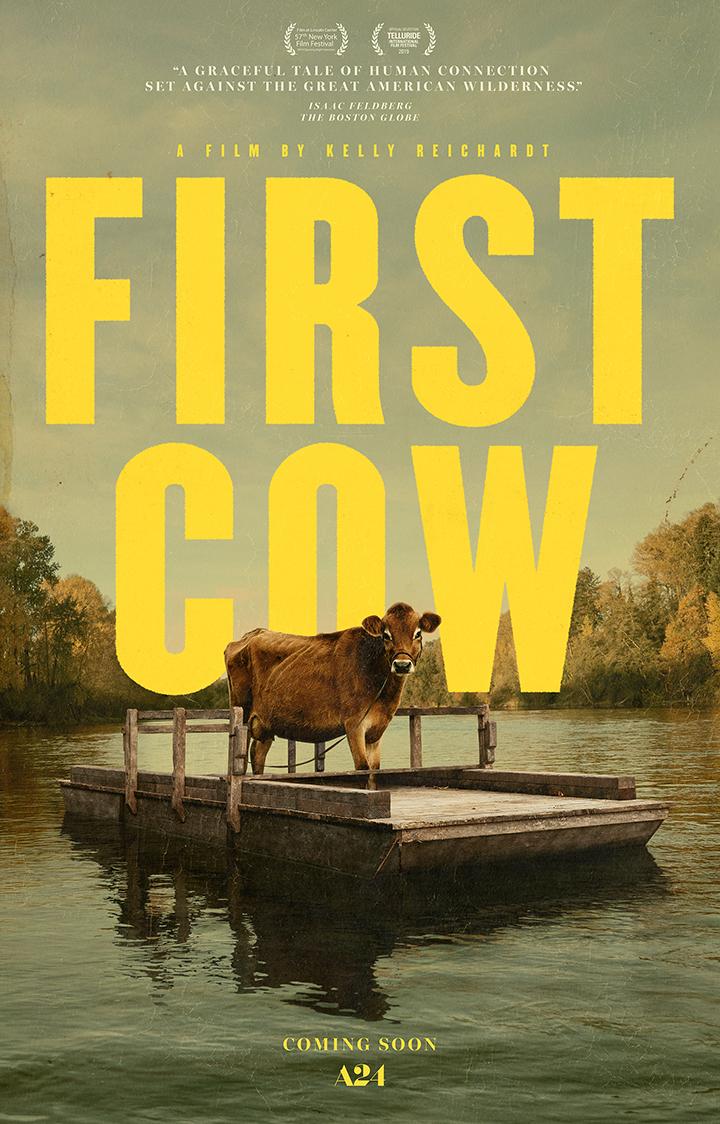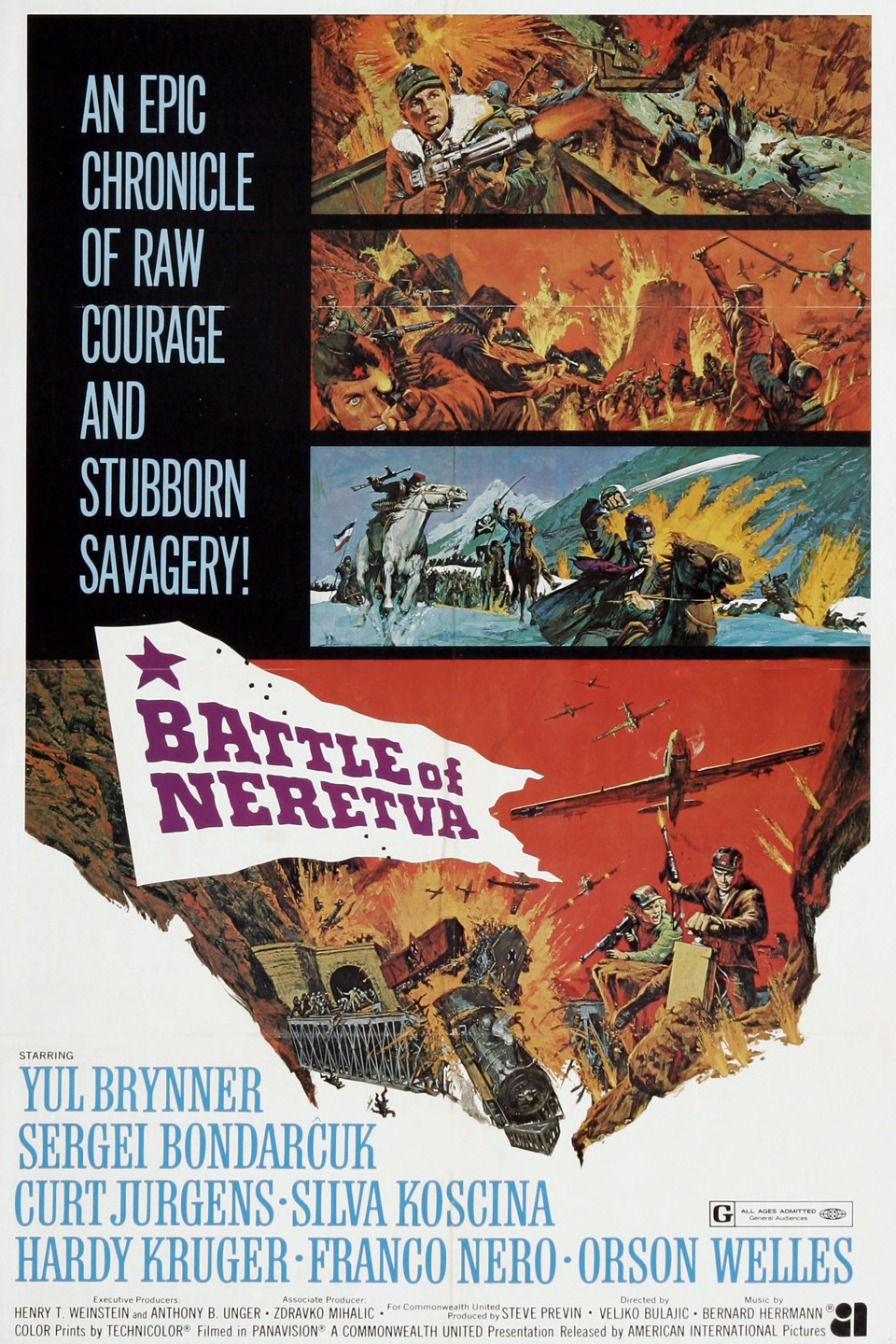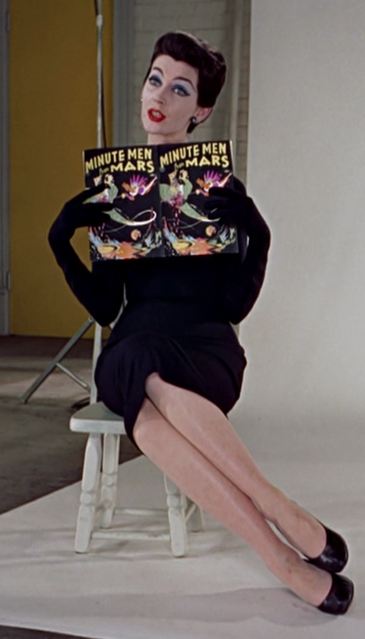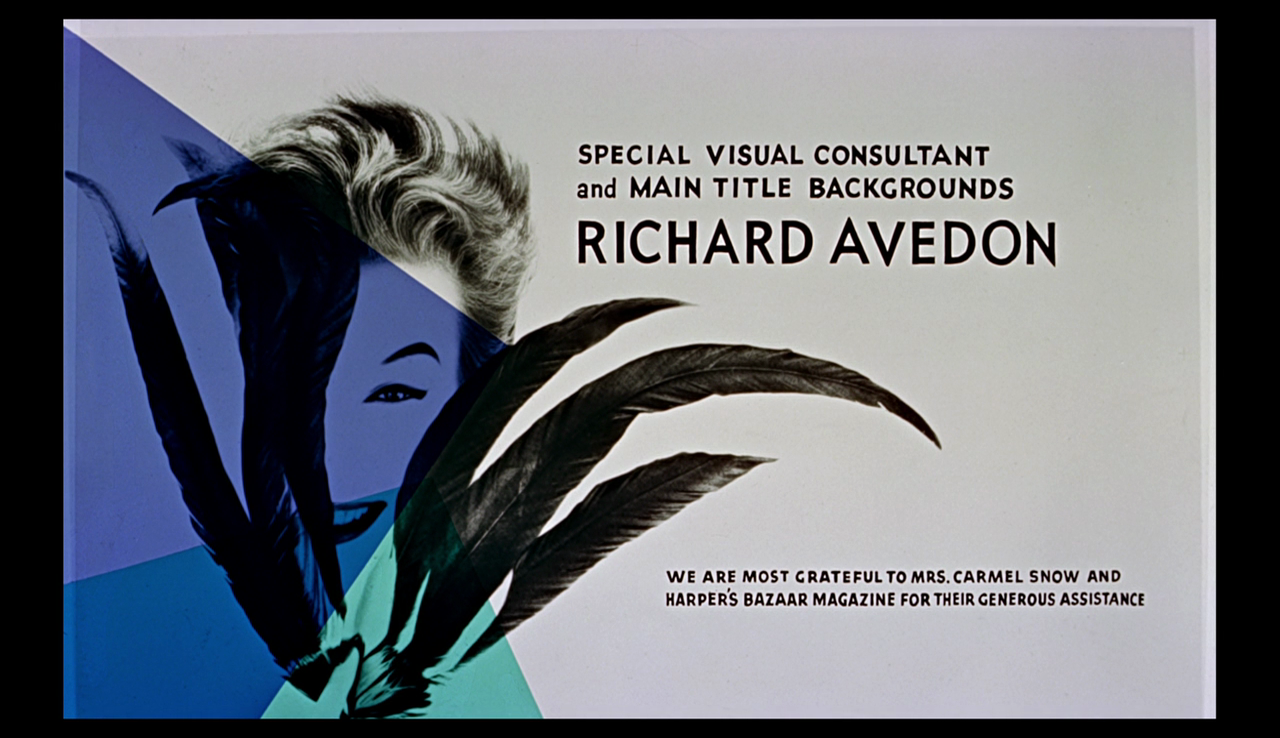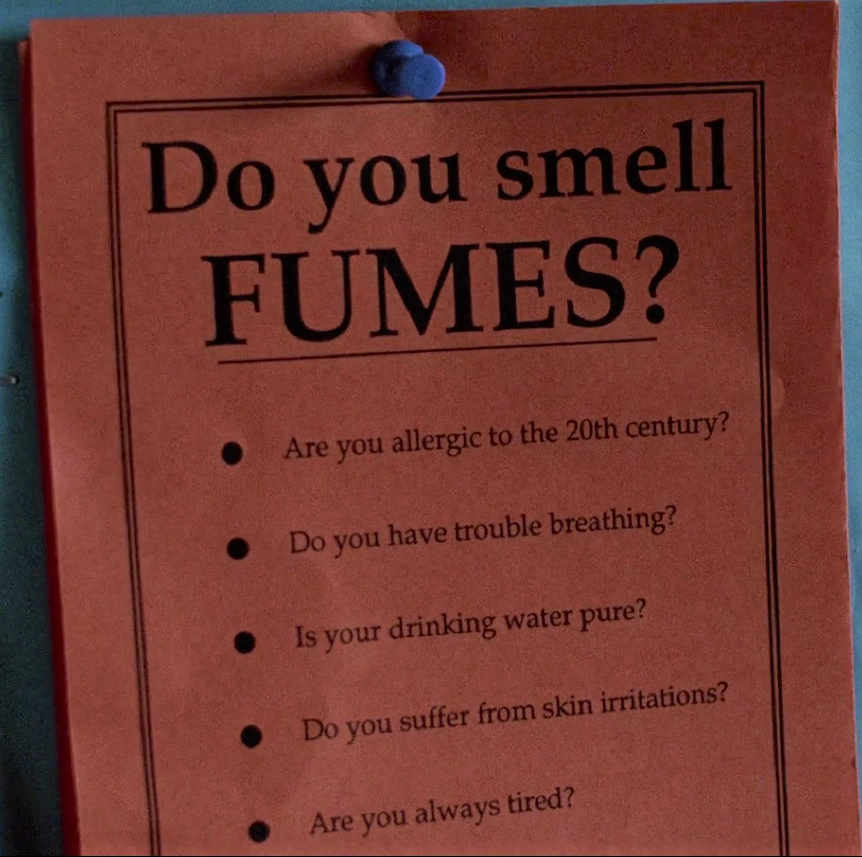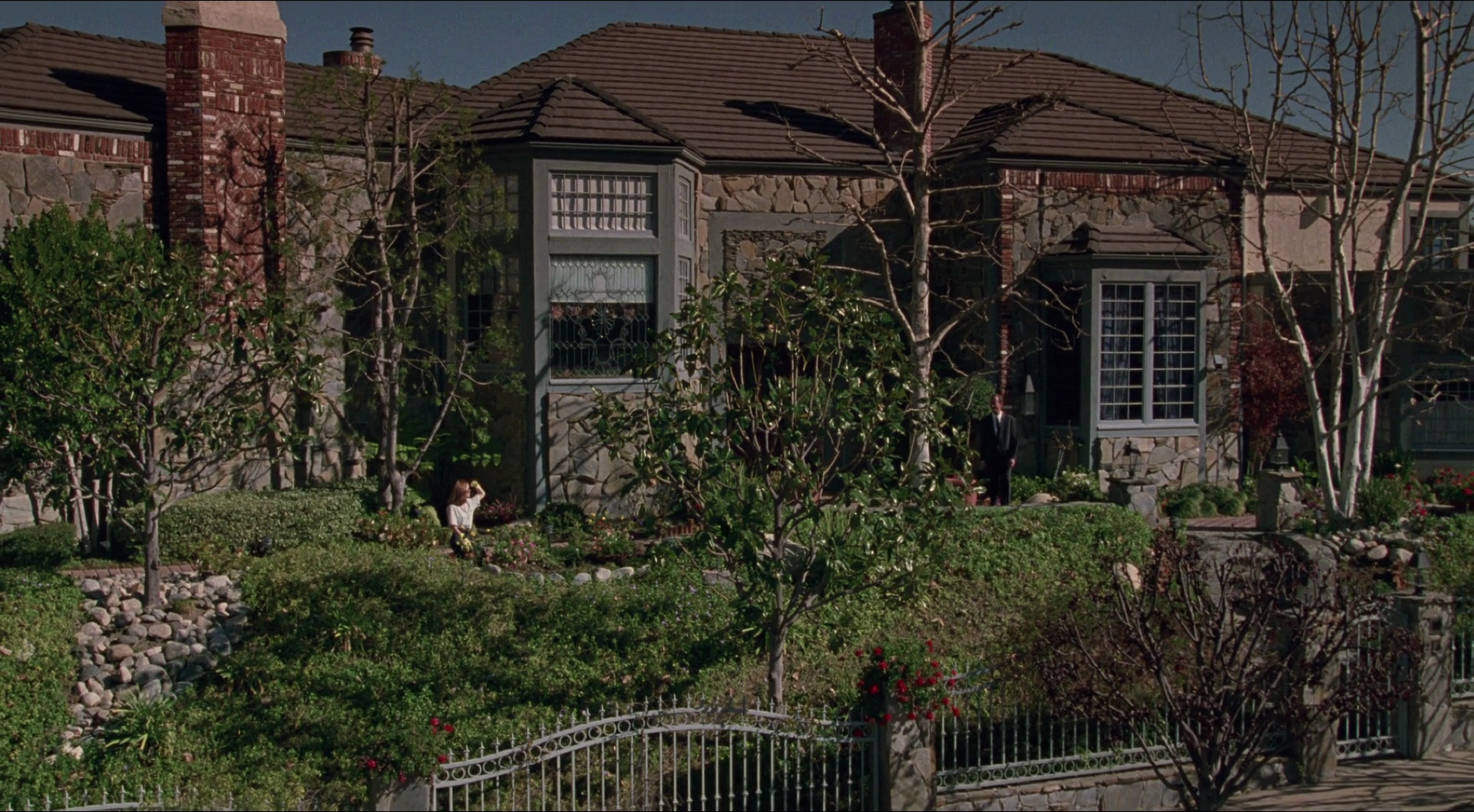The Furniture: Barton Fink and the Common Man's Wallpaper
 Wednesday, July 22, 2020 at 1:34PM
Wednesday, July 22, 2020 at 1:34PM Daniel Walber's series on Production Design. Click on the images to see them in magnified detail.
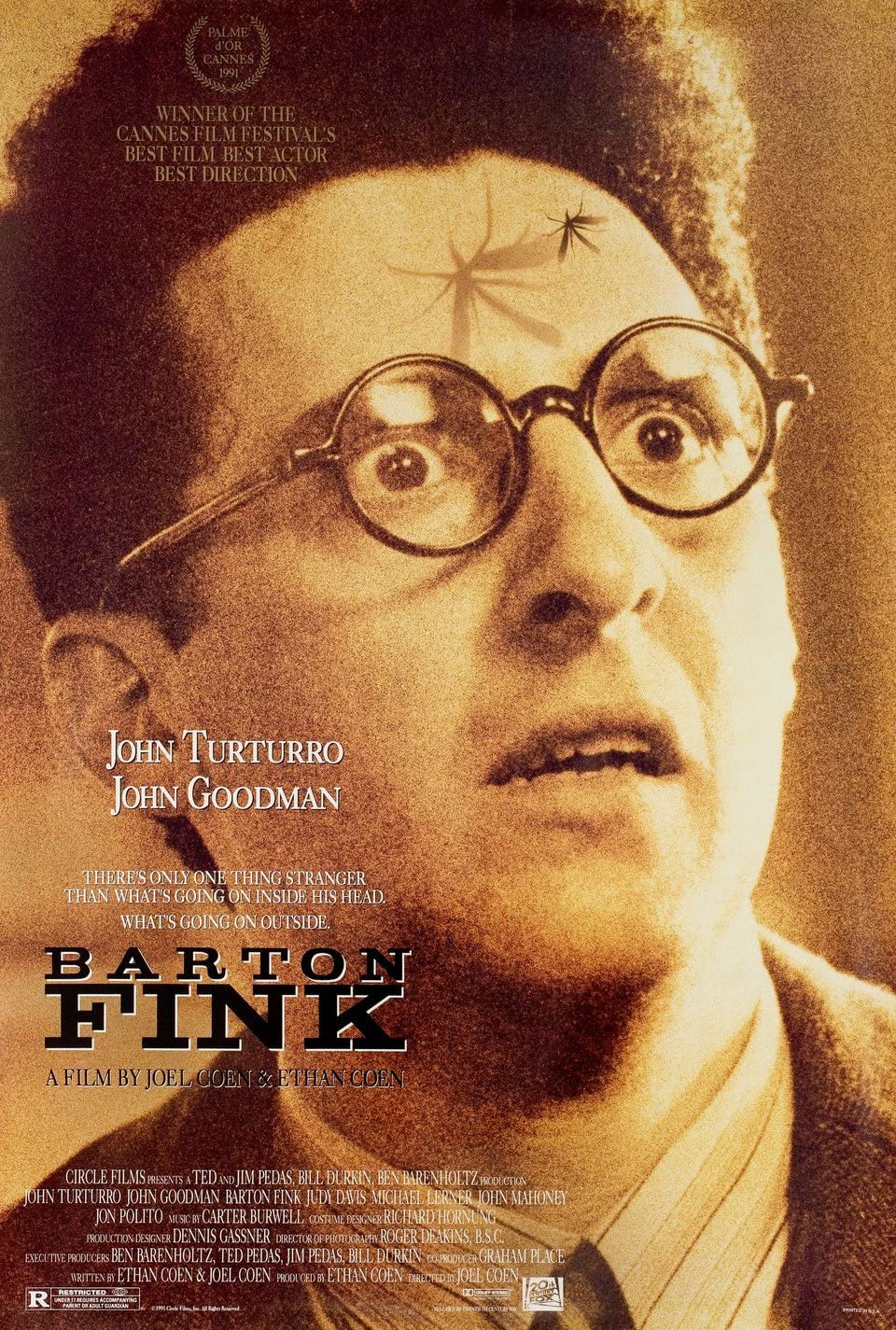 What is the wallpaper of the Common Man? It’s a strange question, but Barton Fink is a strange movie. The titular writer (John Turturro) is a man consumed by passion for the clichéd unsung hero, though he would never go so far as to actually ask a Common Man what he thinks. His obsession is really with the idea of the Common Man, abstract and waiting to be tossed onstage or slapped onto the blank canvas of a movie screen.
What is the wallpaper of the Common Man? It’s a strange question, but Barton Fink is a strange movie. The titular writer (John Turturro) is a man consumed by passion for the clichéd unsung hero, though he would never go so far as to actually ask a Common Man what he thinks. His obsession is really with the idea of the Common Man, abstract and waiting to be tossed onstage or slapped onto the blank canvas of a movie screen.
In his defense, the Common Man was not yet a cliche when Fink arrived in Hollywood, sometime in 1941. Henry Wallace’s famous “Century of the Common Man” speech wouldn’t be delivered until May of 1942, inspiring Aaron Copland to write his “Fanfare for the Common Man” soon after. Maybe someday the Coen Brothers will make a sequel, and Barton will take the opportunity to claim credit for both of those cultural landmarks.
But back to wallpaper. Barton Fink opens with a close-up of it, a pleasant sort of floral-Deco pattern in mild colors...




